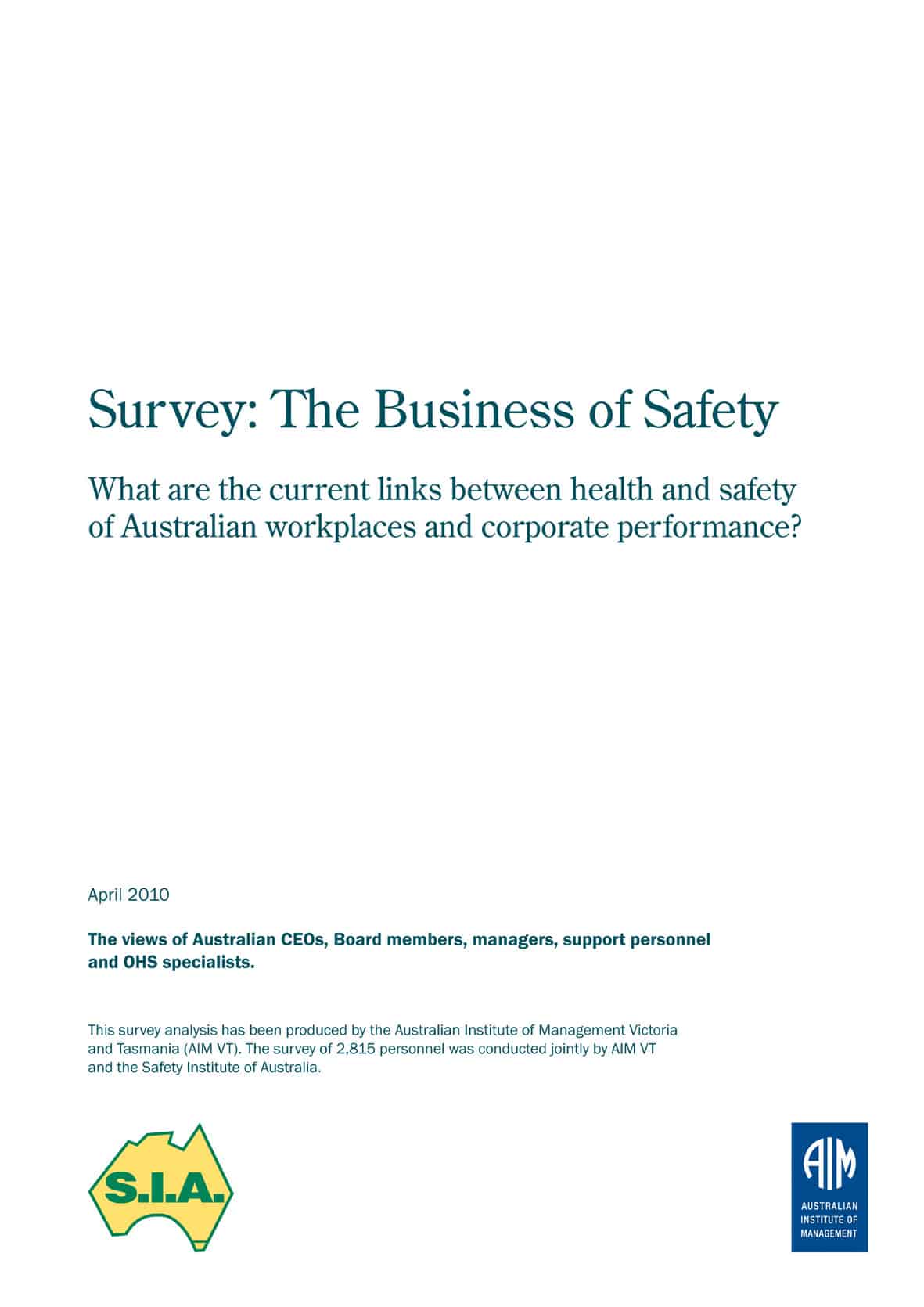In 2008, a New South Wales Parliamentary Committee reported to the Government on problems with that State’s Ambulance Services. The problems included bullying, harassment and a dysfunctional management. A review into the Ambulance Services progress on the recommendations two years later has found :
“…the general feedback received from ambulance officers is that despite the new initiatives, little has changed, and significant management and cultural problems remain within the Service. While awareness of the Service’s new policies and initiatives appears to be high, adherence to and application of the policies – particularly by Ambulance managers – appears to be low, or at best, varied.” Continue reading “The struggle to achieve cultural change on OHS”

